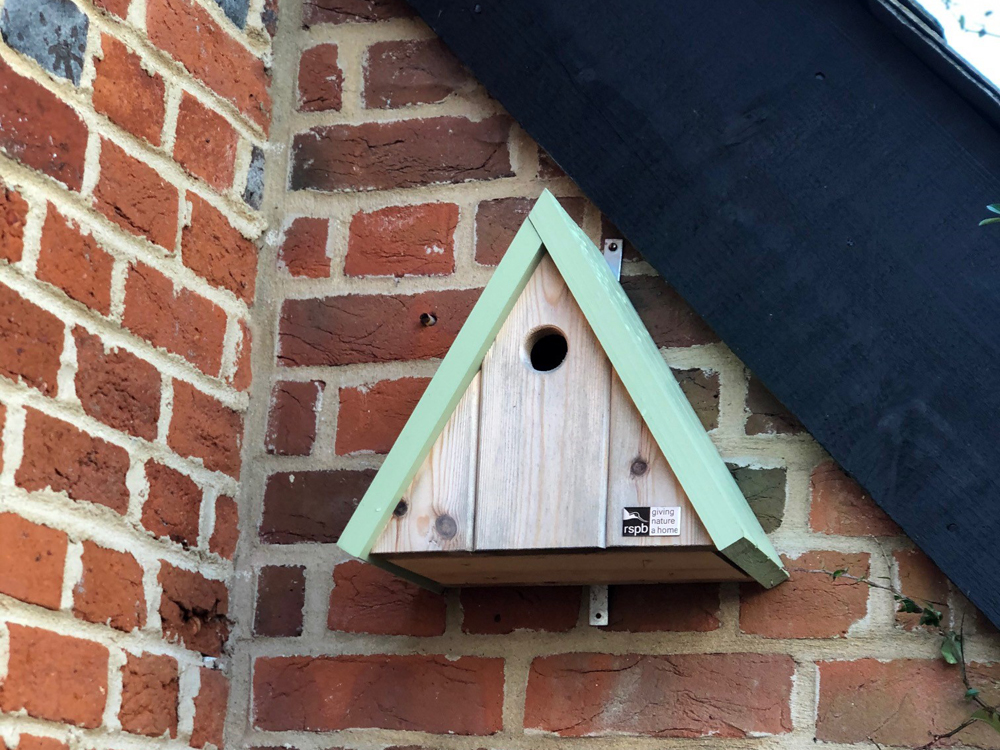FEBRUARY - 8 Jobs To Do Now

Six weeks into the New Year and the days are slowly starting to lengthen - it is such a joy to leave the Nursery in daylight for a change. The garden is starting to wake up too with polite gatherings of snowdrops unfurling their demure heads drawing the gaze downwards to the ground, with the promise of later spring flowers revealed by strong green shoots. Although the garden may seem quiet, there is still lots you can do...
Identify potential locations for new bird boxes in your garden. Installing them up in February allows potential new occupants to get used to their presence in the garden before moving in. Remember to check on the specific requirements of the species you wish to attract as they can vary widely - for example house martins and house sparrows nest in colonies whilst other garden birds such as tits and robins are more territorial.
Give your plants a head start when they start to grow in spring by applying a top dressing of a slow release organic fertiliser in pellet or meal form to the soil which will feed them over a longer period of time. Follow the manufacturer's recommendations for application and lightly fork it into the soil. If it has been raining heavily, wait until the soil has had a chance to dry out a bit to avoid damaging your soil's structure. Leave mulching until the soil starts to warm up which may be the end of February or even into March as you want to trap some warmth into the ground.
In the first fortnight of February cut back the untidy and brown foliage of your semi-evergreen EPIMEDIUM in the garden. Cut off all the old foliage to 50 - 75mm above soil level to reveal the emerging flowerbuds and within two - three weeks they will be flowering in a display unhindered by shabby leaves. For more details see Rosy's video
Late February is the time to start tending to some of your overwintering deciduous grasses such as CALAMAGROSTIS x acutiflora 'Karl Forester' and MISCANTHUS. These need to be cut back to the ground before any new growth emerges. Leave PENNISETUM well alone until mid-April as its crown needs the protection that dead foliage provides.
Stock up on peat-free compost like Melcourt Sylvagrow for seed sowing, potting on and topping up planters. It's a good time to start sweet peas off inside on a window sill or in a green house.
Keep a keen eye on the weather as February can often be colder than January with sharp, hard frosts. Keep fleece handy and dry to protect any potentially vulnerable plants.
If the soil is dry enough, start to weed your borders carefully. As the latter end of the month approaches make a start on cutting back last year's growth on herbaceous perennials, allowing new growth to come through later undamaged by a clumsy boot.
Lastly - keep your visual garden diary going by taking photos of your garden. February can be a month when spring bulbs and flowers can appear from nowhere. But then that's half the fun!
